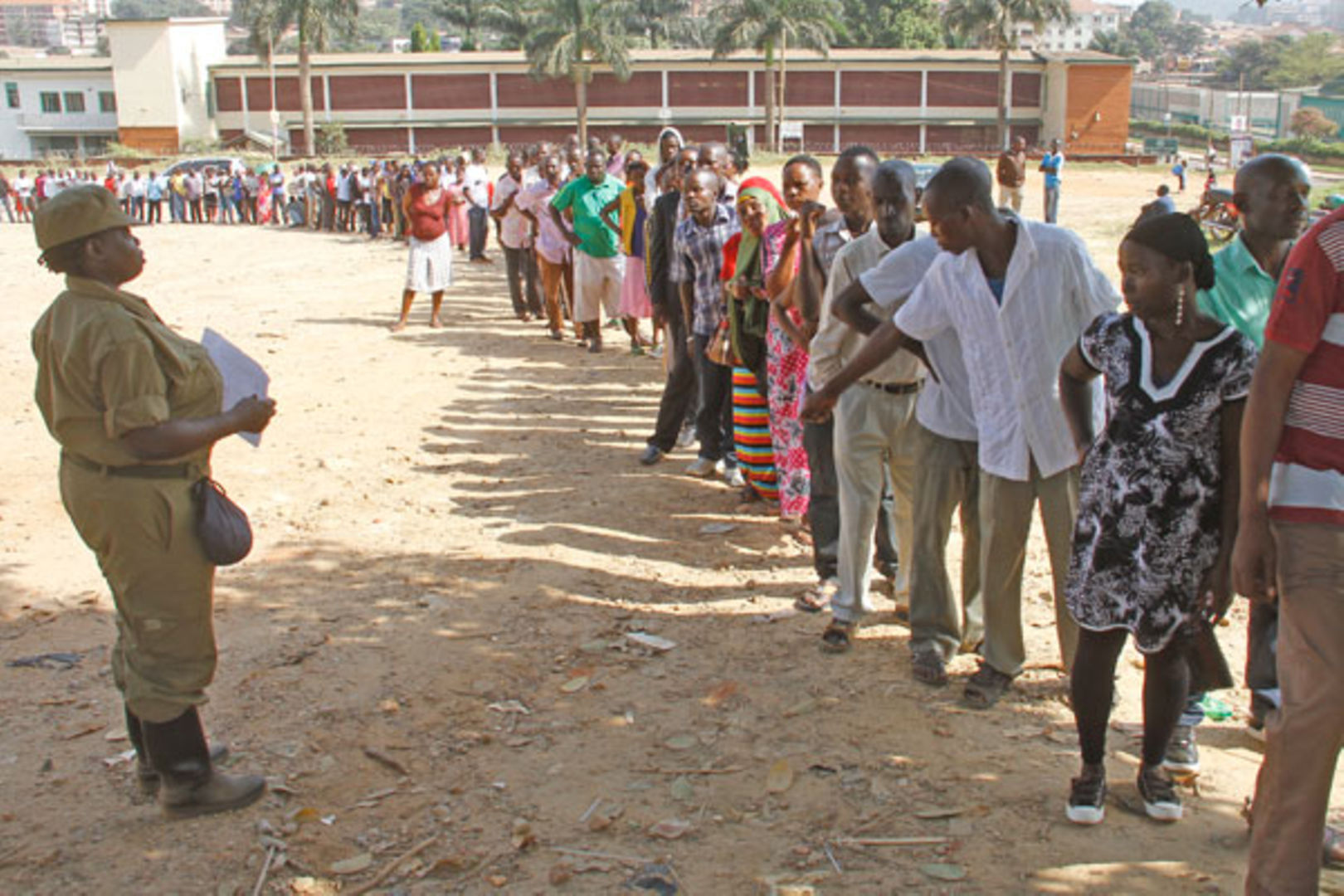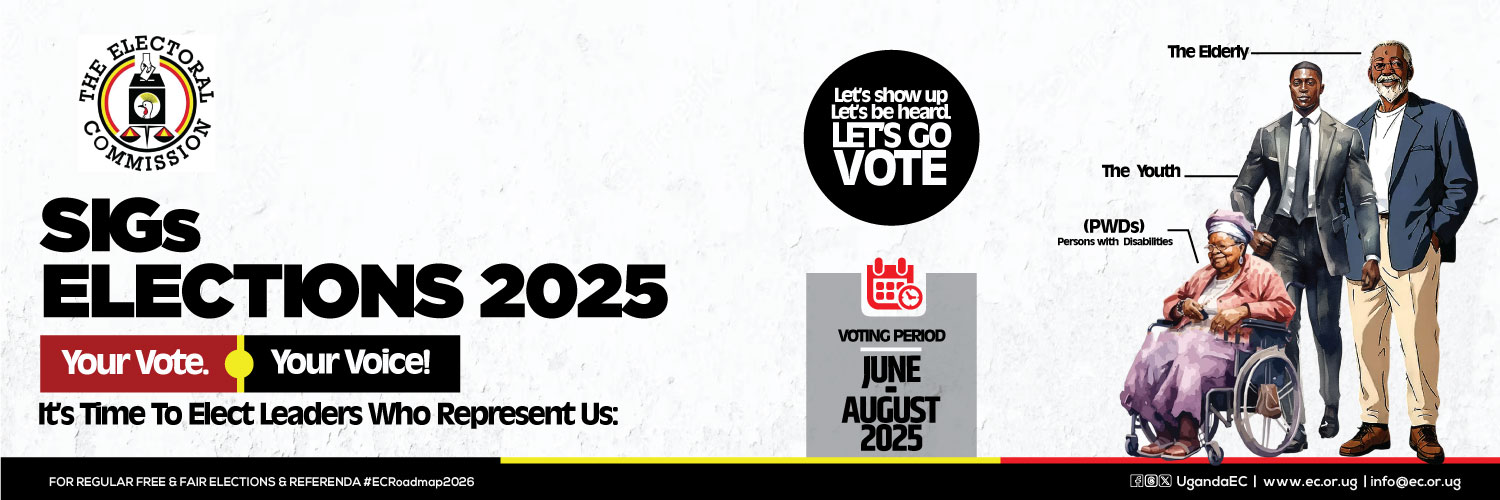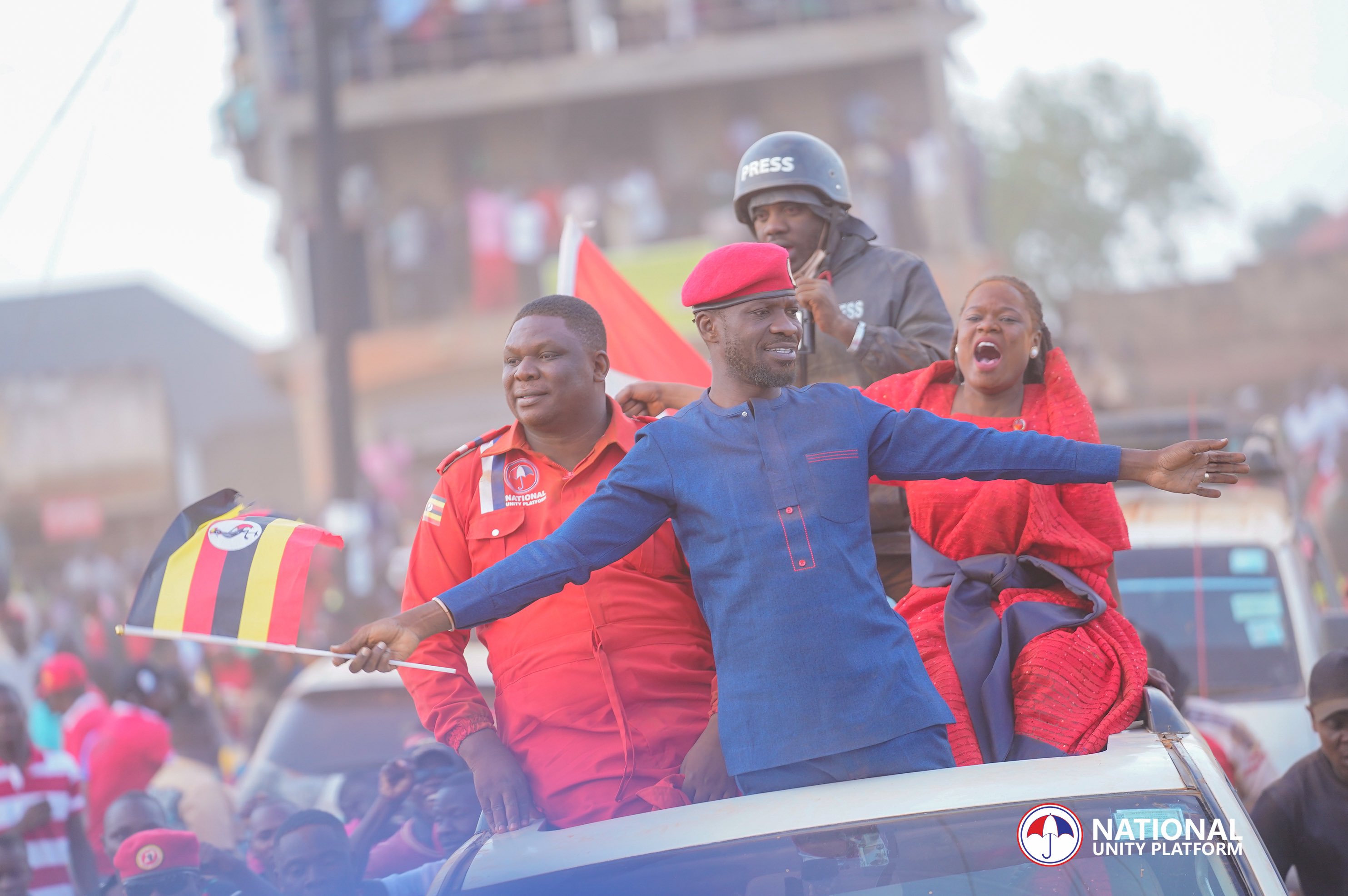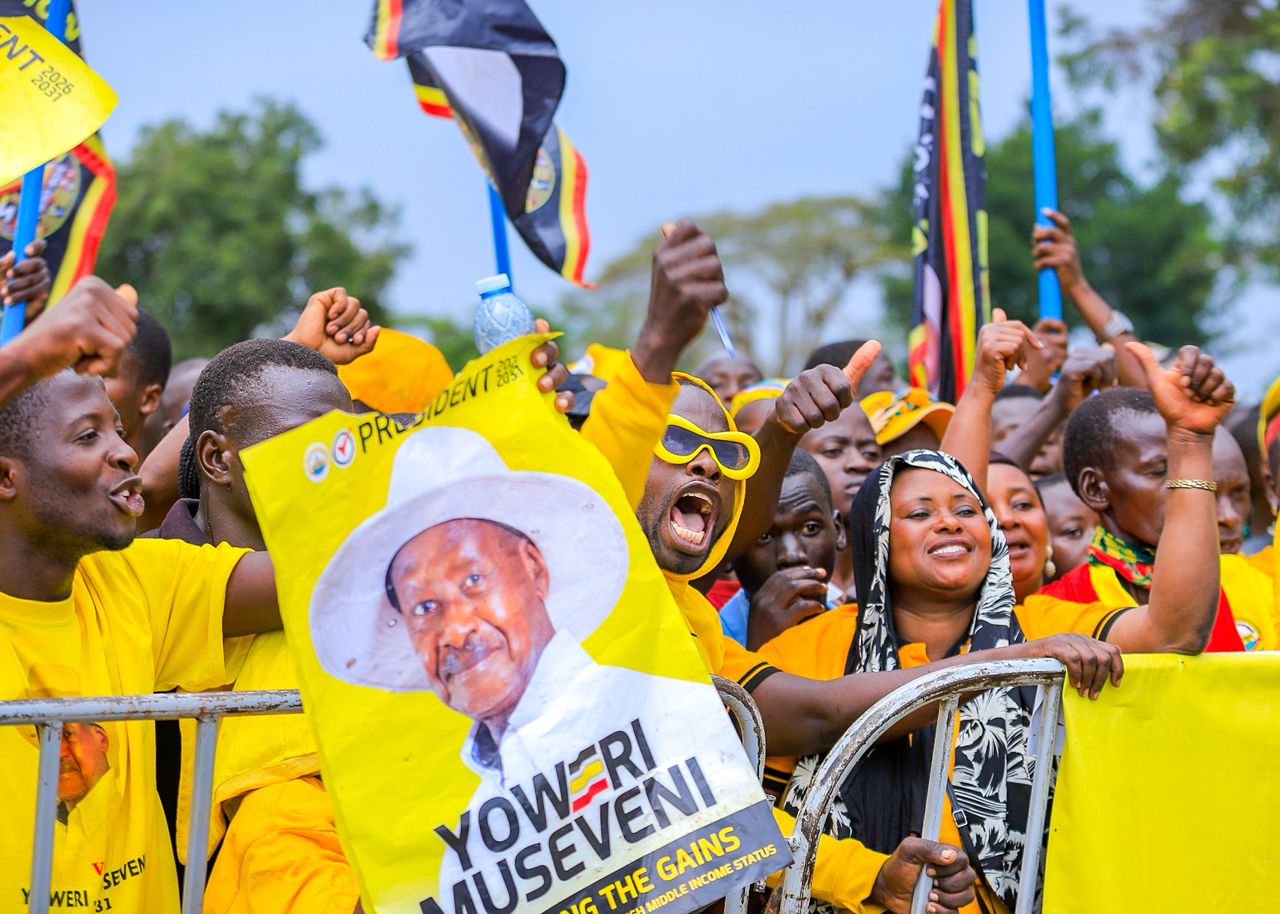Lining up for chaos: Youth village elections turn tense
In place of secret ballots, voters line up behind their preferred candidates a method meant to simplify grassroots elections. But for many youths, the reality has been far from simple.

Across the country this week, what should have been a straightforward democratic exercise electing youth village leaders is turning into a breeding ground for controversy. From physical confrontations to arrests and voter suppression, Uganda’s queue voting system has come under fresh scrutiny.
In place of secret ballots, voters line up behind their preferred candidates a method meant to simplify grassroots elections. But for many youths, the reality has been far from simple.
In Namugoona B Zone, Wakiso District, emotions flared when candidates disputed the count of supporters in each line. Chaos erupted as rival groups accused one another of ferrying in non-residents. Police were called in to restore order.
A similar, more dramatic scene unfolded in Makindye Division, at Kanyogoga Police Station, after the arrest of Musa Kato, the National Unity Platform (NUP) candidate, over allegations of tampering with the voters’ register. Kato accused his rival, NRM’s Godfrey Byalimana, of engineering an unfair process including the illegal registration of ineligible voters.
“The NRM declared victory too quickly, yet many of our supporters were being turned away. How can this be fair?” one of Kato’s agents shouted outside the station as officers dispersed the angry crowd.
Further south, in Kalangala District, the elections came to an abrupt halt in Mweena Village when a frustrated voter ran off with the Electoral Commission (EC) forms. Witnesses said the chaos began after a group of residents discovered their names had mysteriously disappeared from the register. EC officials were left stranded as attempts to retrieve the documents failed.
“People were angry and shouting. They asked how names can vanish when they registered weeks ago. One man got fed up and just ran with the forms,” said a youth leader who asked not to be named.
These incidents are part of a larger pattern of unrest that has accompanied the village youth leadership elections being conducted across the country.
“This system is very easy to manipulate,” said Ronald Kafeero, 24, a voter in Kyebando. “Some of us were threatened if we didn’t line up for a certain person. It exposes us and divides the village.”
According to Dr. Monica Kalema, a political analyst and governance expert, the queue voting method is problematic especially for a demographic as sensitive and energetic as the youth.
“On the surface, it’s fast and cheap,” she said. “But it undermines the principle of secrecy. For young voters, especially in tightly-knit communities, this can lead to peer pressure, intimidation, and long-term divisions.”
In Katwe, a female candidate who preferred anonymity revealed that some of her supporters shifted lines under pressure.
“They wanted to vote for me, but when they saw others shouting at them, they crossed to the other line. That’s not how democracy should work,” she lamented.
Not everyone is critical of the process. Sulaiman Nsubuga, a recently re-elected youth chairperson, sees the system’s transparency as a strength.
“To be honest, lining up shows real support. There’s no cheating in counting. It’s fast and direct,” he said.
But with rising complaints and incidents like those in Makindye and Kalangala, questions are being raised about the suitability of this method for youth leadership elections.
“Youth elections are the nursery bed for Uganda’s future leaders,” Dr. Kalema emphasized. “If the system is flawed now, we’re planting seeds of political frustration that could grow into national instability.”
As the country prepares for more local elections in the coming weeks, the big question remains: Is democracy best served in the open — or protected behind a curtain of privacy?







